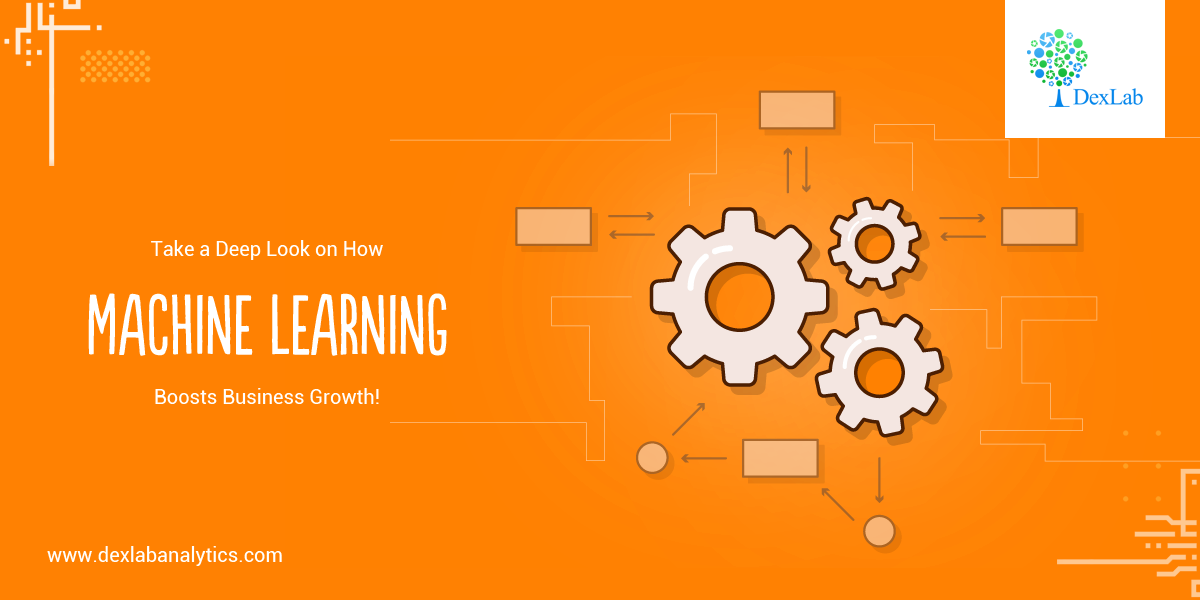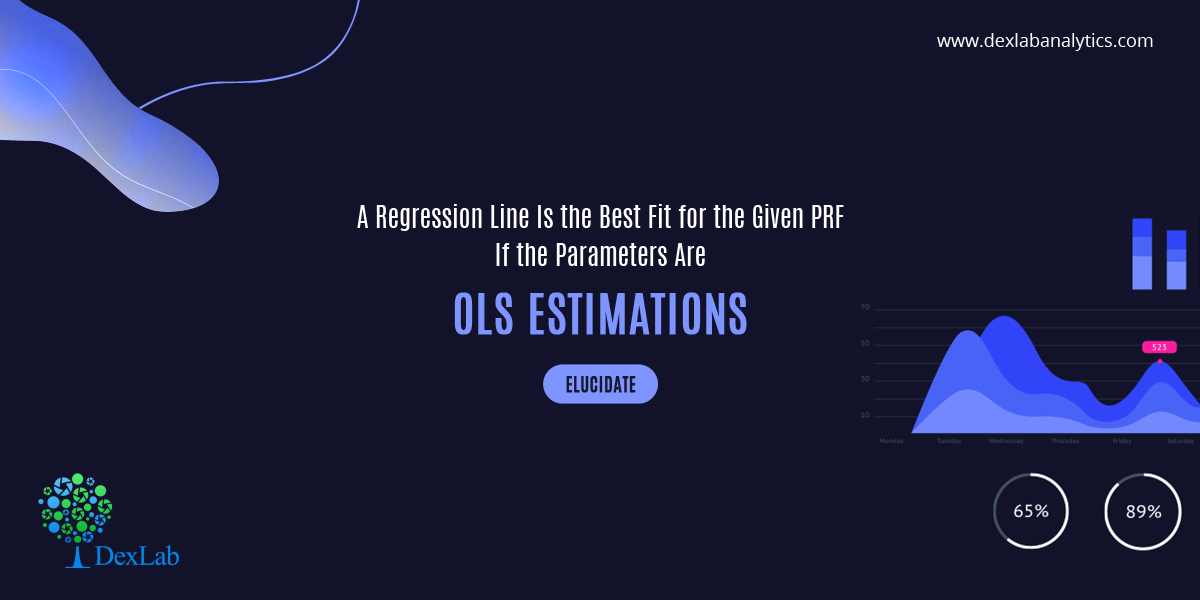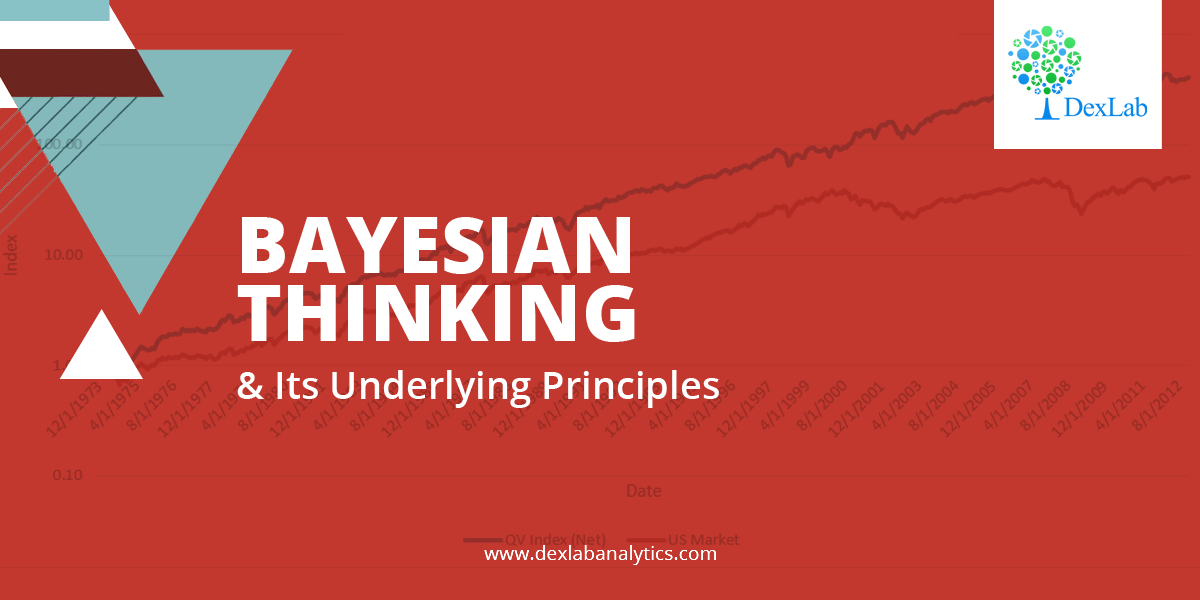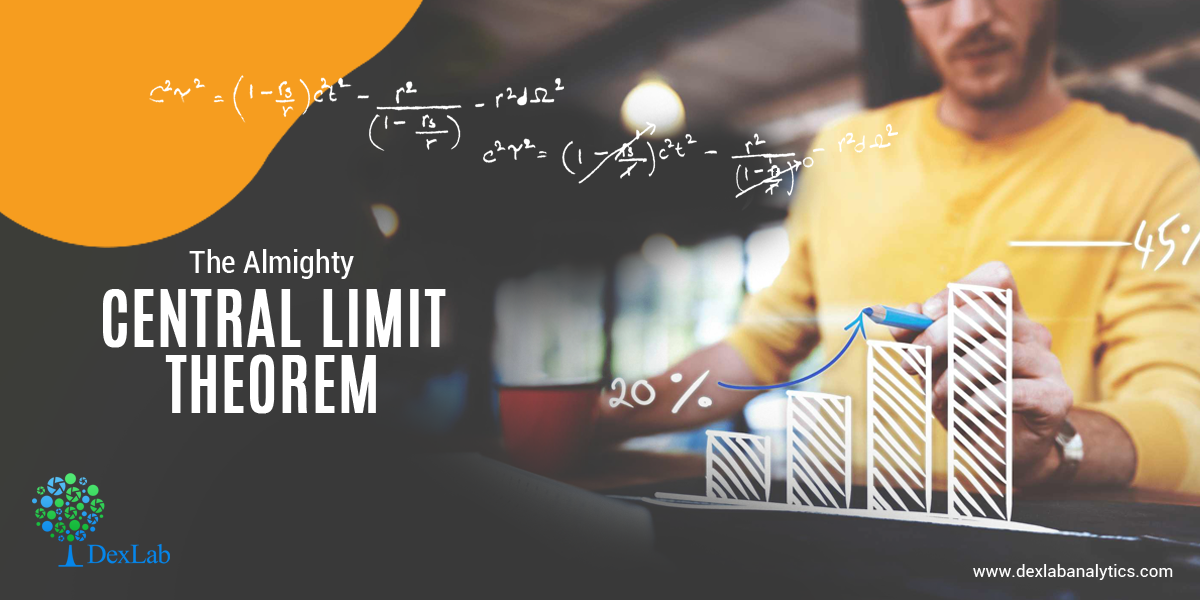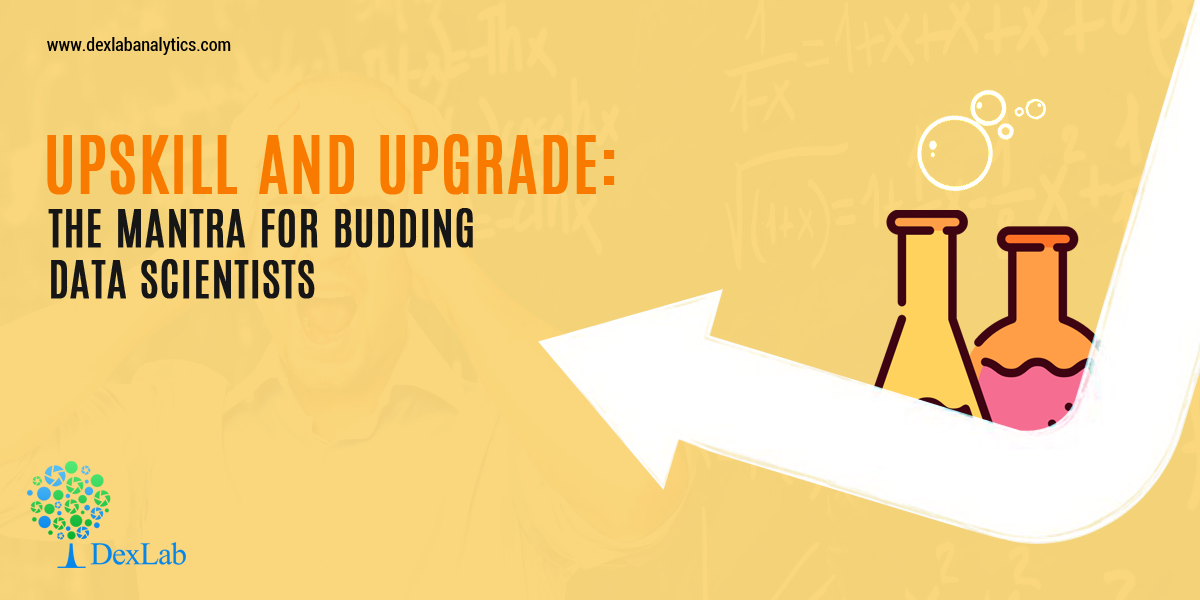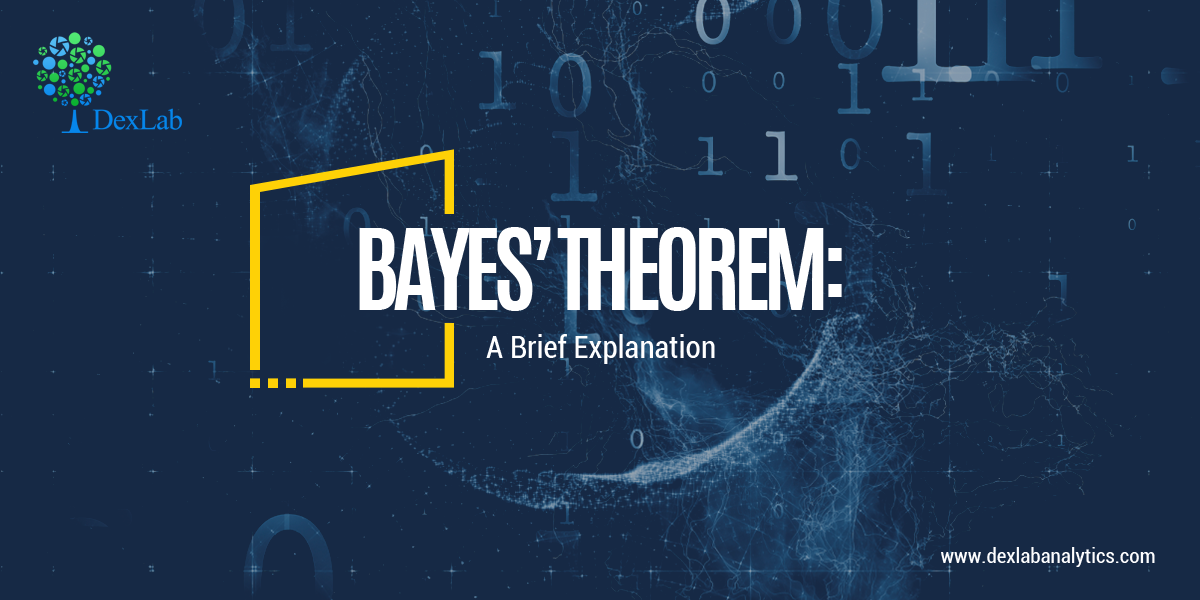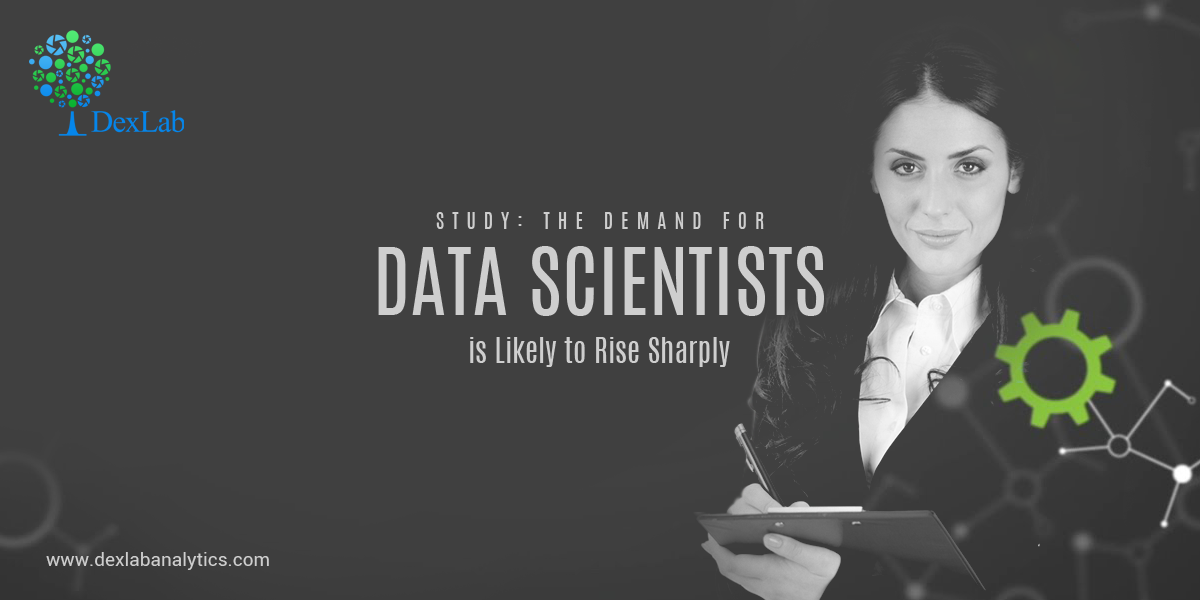
Being a Market Analyst in these days is synonymous to sealing the deal, where you don’t have to worry about your salary and many other perks which varies from company to company. But, it’s not an easy-peasy way to success in here.
A Market Analyst is heaped with a huge amount of responsibilities day in and day out, involving a colossal amount of data and analysing them to perfection. With the help of these data, they have to come up with innovative ideas to boost the business of the company.
Some of the other responsibilities include:
- Exploring and analysing the tactics of the competitors, market conditions and the consumer demographics flawlessly.
- Studying the customer opinions, buying habits, customers’ wants and needs.
- Converting the collection of data into interactive presentations, tables and texts to bring them to the effective use for the benefit of the company.
- Coming up with improved approach to collect data, comprising of surveys, interviews, questionnaires and more.
These are a few of the highlights of the jobs assigned to a Market Analyst. You can catch some more of them at A Market Analyst and His Job: An Overview!
Want to Become a Market Analyst? Here’s What You Should Go For!
Now, if you are a newbie and interested to pursue a career in Market Analysis, you shall always opt for the best customer marketing analysis training in the country, besides having:
- A Degree in Statistics, Computer Science, Economics or Business Administration – When it comes to Market Analysis, all they want is to interview the candidates with a Bachelor’s Degree in maths, statistics, computer science, business administration or economics. Some of the companies also shortlist the candidates from the field of communications. Furthermore, specialist degrees in marketing research and consumer psychology prove exceptional.
- Manoeuvre your Technical and Business Skills towards Analytic Thinking – Analytic thinking is the thing that would take you for miles on end, regardless of your skill set. Besides, the skills which you should be needing are:
Technical Skills:
- Proficient with Statistical Analysis software, like, R, SAS and SPSS.
- Well-versed in SQL databases and database querying languages.
- Good programming skills.
- Known to business intelligence and reporting software.
- Customer Market Analysis courses.
At the end, we will provide you some business skills that you can develop to pursue your dreams smoothly:
- Analytic problem solving skills.
- Developing a habit of critical thinking.
- Effective communication skills.
- An impressive knowledge of the industry.
Grab an insight of this article in order to get a grasp of the stream of Market Analysis and how to become a Market Analyst! For more such informative blogs related to computer science and the evolving technologies of Python, Data Science, Big Data and AI, visit Dexlab Analytics. You can also follow us on Facebook and LinkedIn for any updates and queries about our courses and the teaching staffs.
Interested in a career in Data Analyst?
To learn more about Data Analyst with Advanced excel course – Enrol Now.
To learn more about Data Analyst with R Course – Enrol Now.
To learn more about Big Data Course – Enrol Now.To learn more about Machine Learning Using Python and Spark – Enrol Now.
To learn more about Data Analyst with SAS Course – Enrol Now.
To learn more about Data Analyst with Apache Spark Course – Enrol Now.
To learn more about Data Analyst with Market Risk Analytics and Modelling Course – Enrol Now.


